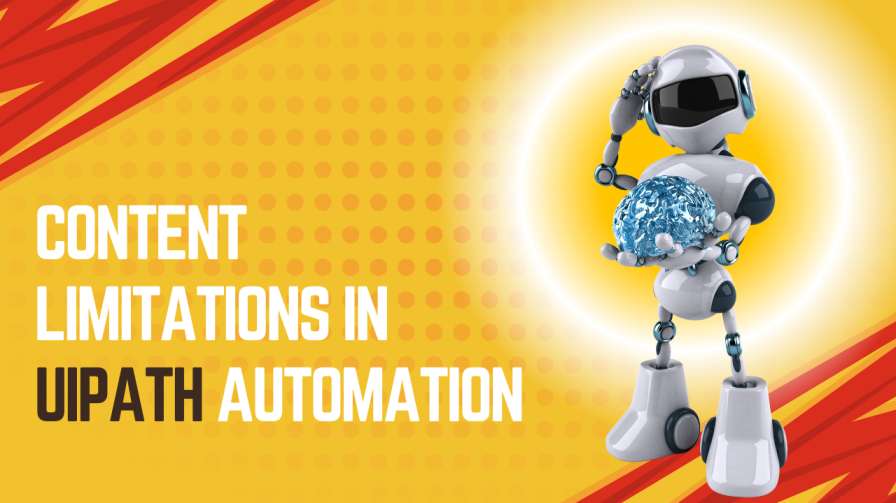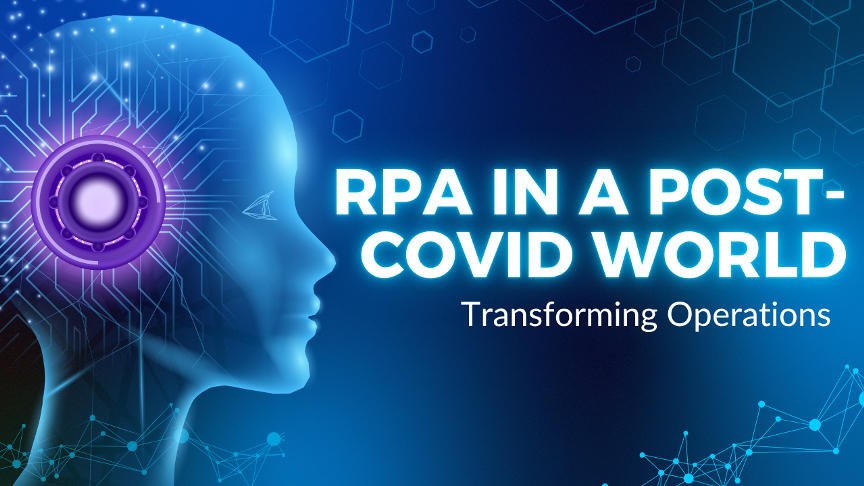The RPA development platform UiPath has become one of the most widely used tools that enables businesses to execute repetitive tasks in different sectors. The content restrictions that UiPath developers face during automation development affect their process performance. Data processing limitations exist alongside security concerns and RPA automation challenges. These are considered the major restrictions faced by UiPath developers.
The forecast by Gartner predicts RPA solutions market growth to $13.4 billion by 2030 and developers and businesses need a comprehensive understanding of these constraints to effectively use automation. The strong automation features of UiPath become more effective when developers identify its boundaries to create operational workflows that diminish interruptions.
What Are the Data Processing Constraints in UiPath?
Large data processing presents significant challenges for UiPath especially when the data contains a mix of unstructured along with semi-structured elements. RPA in Health should be highly efficient because it contains a lot of sensitive document management.
The programming system of UiPath operates flawlessly on structured information while it encounters significant accuracy reductions when processing complex documents and handwritten contents along with image-based files. In what way does the data processing capabilities of UiPath?
UiPath enables users to connect their systems with various databases, spreadsheets, and APIs to process structured information effectively. The handling of significant numbers of datasets leads to performance problems during processing. The system faces difficulties during these selected processes:
- The procedure of extracting data from Excel sheets containing more than 500,000 rows proves challenging for UiPath.
- Bot technologies suffer from difficulties during multi-page PDF processing and documents containing complex layouts.
- When the system is loaded with tasks to process large amounts of data through multiple bots.
How Effective Is UiPath’s OCR for Document Processing?
UiPath employs Optical Character Recognition (OCR) for document automation in industries like banking, healthcare, and real estate. Computing systems utilizing OCR automation encounter specific restrictions during operation.
- The accuracy level of UiPath’s handwriting recognition matches only 75% of handwritten text entries but it reaches 90% accuracy for printed text entries.
- The OCR service supports multiple languages yet its performance can become inconsistent when dealing with scripts that include Chinese or Arabic characters.
- When dealing with poor-resolution scanned documents the process of extracting data frequently produces incorrect results.
According to the 2023 Statista Report, the financial sector experiences 30% of its RPA failures because of OCR inaccuracy. The OCR accuracy limitation can be addressed through ABBYY or Google Cloud Vision API which results in improved results.
What Are the Security Limitations in UiPath?
The main issue faced by industries using RPA tools is security. The security features of UiPath include encryption and role-based access controls, and still, some system vulnerabilities persist. The safety measures implemented by UiPath need inspection to determine security adequacy for banking and healthcare automation systems. Bots in banking operations manage important customer information to make security the highest priority. The security feature in UiPath called CyberArk is used for the management of triggers and potential vulnerabilities.
The absence of capabilities in old banking systems forces UiPath to adopt doubtful UI automation as a response. Web-based applications interact with bots managing risks because the applications do not implement proper authentication protocols. The study by McKinsey in 2022 shows that security problems with RPA solutions stand at 58% for financial companies because they struggle with GDPR and HIPAA rules when facing outdated IT systems.
Secure credential storage needs to be part of the patient data extraction bot from EHRs because neglecting this leads to unauthorized access to patient information.
What Methods Does UiPath Use to Overcome Automation Control Problems?
Despite the popular choice of UiPath for web automation tasks companies commonly face usability issues with the UI. UiPath developers experience problems maintaining automatic web updates during pop-up and JavaScript control operations.
What Are the Challenges in Web-Based Automation?
Current HTML applications update their layout too rapidly for UiPath to find precise elements effectively. In a Community Forum survey from 2023 developers who build internet-based programs listed these top difficulties with automation success.
- UiPath stops functioning if web platforms repeatedly replace their HTML design elements.
- The iFrames used by online banks block UiPath from automatic detection of embedded web page sections.
- UiPath activities cannot access elements generated by JavaScript so developers need either to insert their programming or create interface options.
How Reliable Is UiPath in Real Estate Automation?
RPA in real estate performs multiple tasks in real estate including processing leases, checking property documents, and handling paperwork automation. These systems come with distinct difficulties to handle.
Limitations:
Real estate companies that depend on handwritten property scans face restrictions when using OCR technology. UiPath needs extra tools because it does not include built-in technology to scan handwritten signatures. Various lease agreement formats are not very reliable and make it hard to extract data from them. A study conducted in 2023 indicates that UiPath OCR struggles with diverse fonts. Handwritten PDFs when scanned are produced with 75% reliability whereas text format has more than 90% reliability.
What Are the Licensing and Scalability Challenges?
When organizations expand automation UiPath shows its licensing expenses and fails to grow with their business needs. UiPath gives businesses adaptive license choices yet its service costs become expensive when organizations expand their process automation.
How Cost-Effective Is UiPath for Large-Scale Automation?
UiPath provides different pricing plans when you purchase its software licenses such as Attend Bot and Unattend Bot.
An attended bot must work with people and costs between $1,200 and $5,000 each year per bot. An unattended bot can work without human interaction and it costs around $8,000–$20,000 per bot per year. Orchestrator License manages multiple bots at the same time and costs $20,000+ annually. In 2023 research conducted by Deloitte found that 74% of organizations struggle to grow their RPA setup because buying new licenses and maintaining IT systems proves too expensive.
Does UiPath Handle Big RPA Deployment Needs?
Although UiPath handles scalability well it shows performance loss when using more than 50 bots at once. According to a 2022 Forrester research large-scale RPA operations create these performance issues for businesses.
- 15-20% efficiency drop due to high memory and CPU consumption.
- When a non-scalable RPA is deployed, businesses will have to manage extra work because all future changes will have to be installed in all of the systems.
- Infrastructure constraints are faced by businesses running UiPath on-premises instead of cloud-based deployments.
Conclusion
Even with its limits, UiPath continues to serve organizations with its solutions like RPA in banking, healthcare, and real estate sectors. Developers can handle system issues by using third-party connections, AI, and standard operating methods. Developers who work with UiPath need to learn about these automation limitations while improving how their robotic systems operate. A business looking to use RPA successfully needs to solve these issues effectively to achieve better outcomes for digital transformation.




